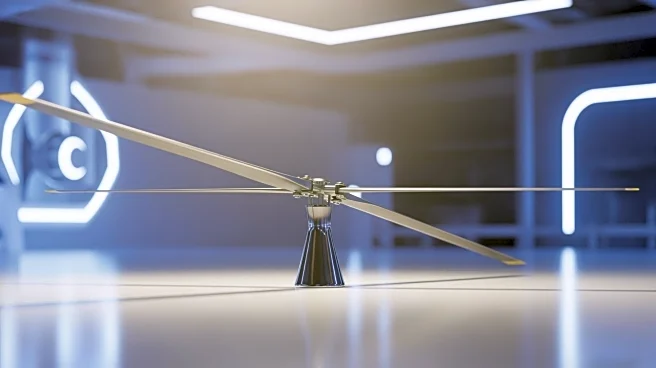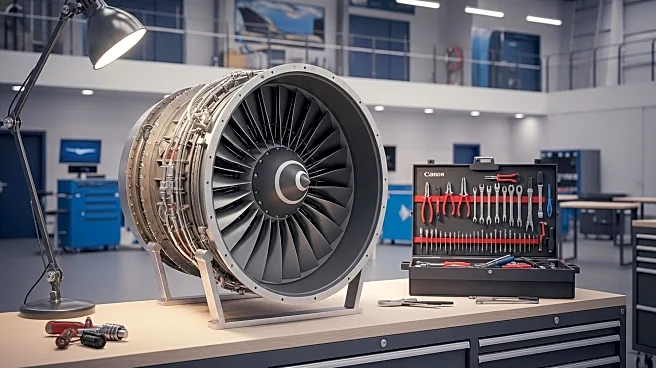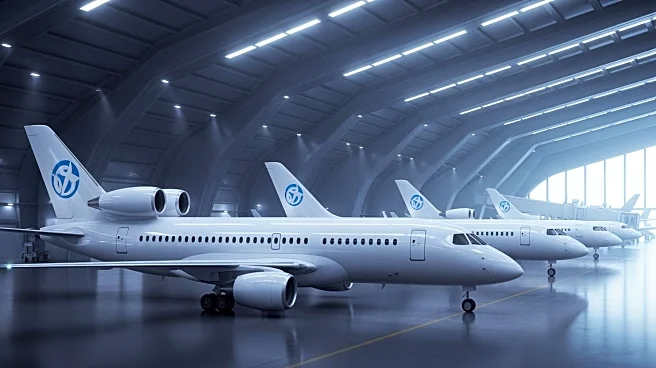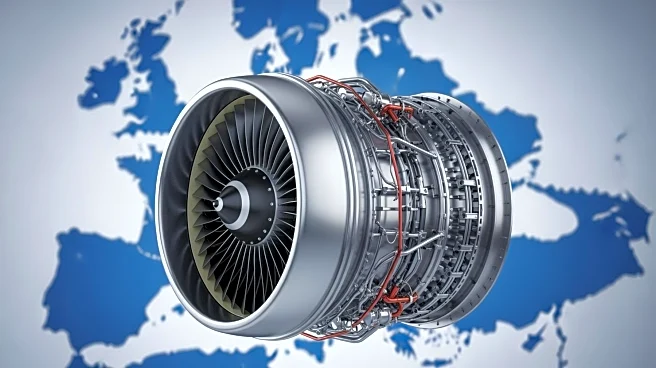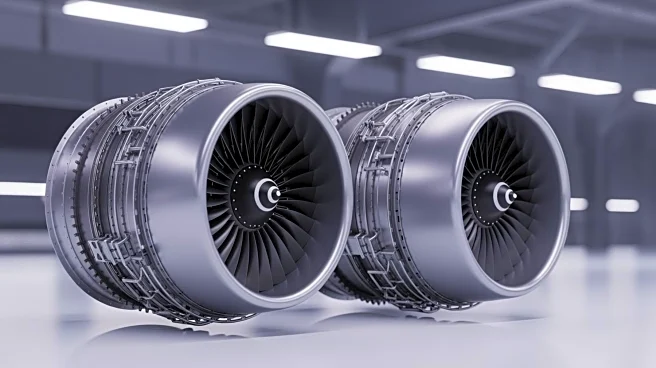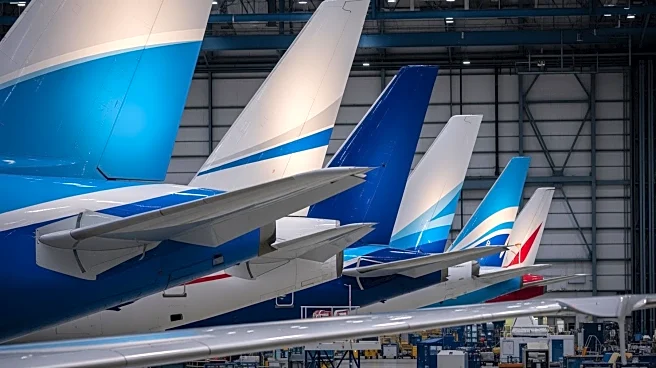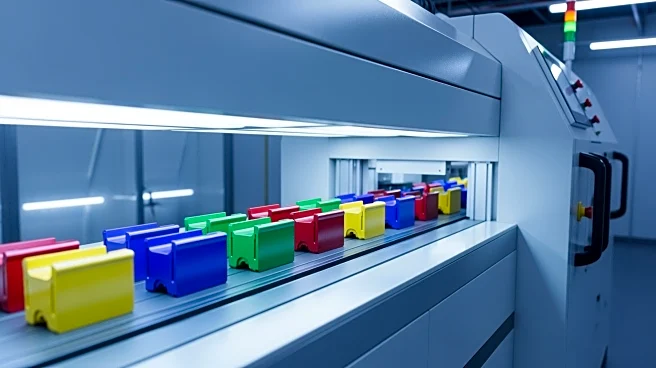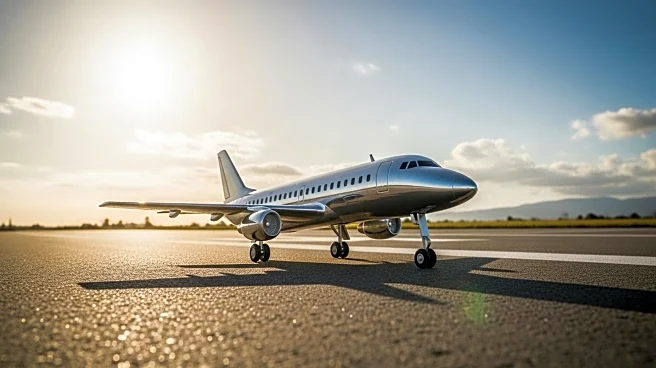What's Happening?
Airbus Corporate Helicopters is increasing production of its ACH160 twin-engine rotorcraft to support a doubling of the in-service fleet in North America by late 2026. The ACH160, a corporate version of the H160, has seen its global fleet grow to 35 aircraft,
with 18 more in the backlog. Frederic Lemos, head of Airbus Corporate Helicopters, noted that the company holds about 50% of the market and continues to receive new orders. The ACH160 features advanced design elements such as a Fenestron shrouded tail rotor and Blue Edge main rotor blades, which enhance payload capacity and reduce noise levels. The helicopter's composite structure decreases weight and maintenance needs while resisting corrosion and fatigue.
Why It's Important?
The expansion of ACH160 production reflects a growing demand for corporate helicopters in North America, driven by the need for efficient and quieter aircraft. This move positions Airbus to capture a larger share of the market, potentially influencing the competitive landscape in the aerospace industry. The increased production capacity may also lead to job creation and economic benefits in regions where Airbus operates. As the ACH160 gains popularity, it could set new standards for corporate aviation, emphasizing sustainability and advanced technology.
What's Next?
Airbus plans to ramp up production of the H160 family to 60 aircraft annually, indicating a strong market demand from both commercial and military sectors. The company is likely to continue expanding its market presence and may explore further innovations in helicopter technology to maintain its competitive edge. Stakeholders, including corporate clients and aviation industry players, will be watching closely to see how Airbus's strategic moves impact the broader market dynamics.
Beyond the Headlines
The ACH160's advanced design and technology could influence future developments in helicopter manufacturing, promoting the use of composites and noise-reduction technologies. This trend may lead to broader adoption of sustainable practices in the aerospace sector, aligning with global efforts to reduce environmental impact.
